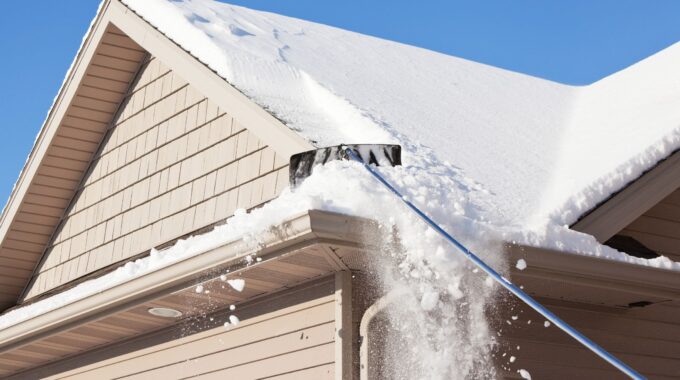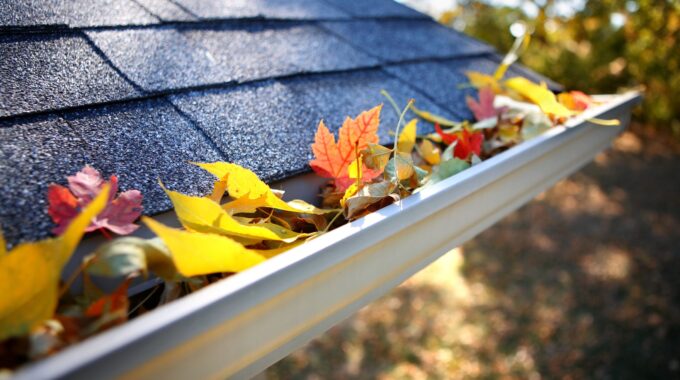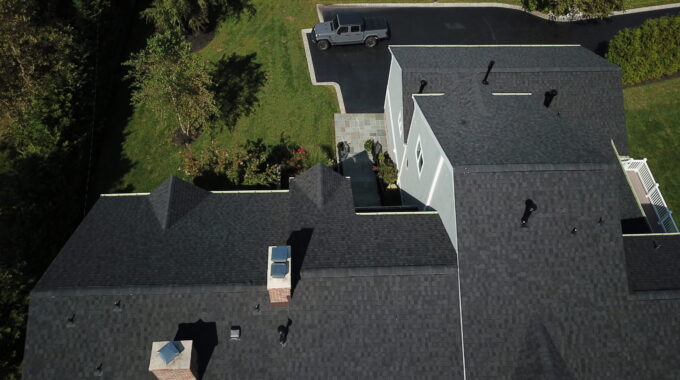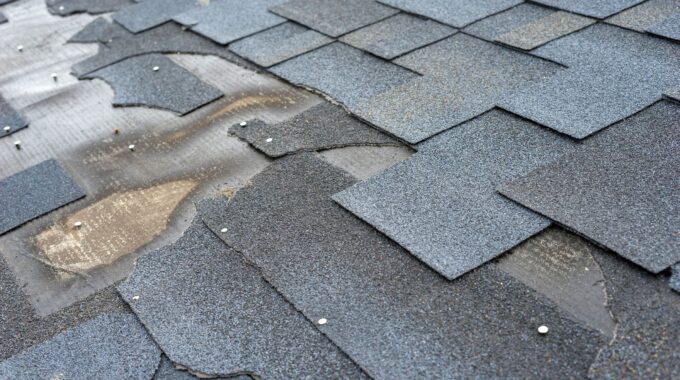
Damaged Shingles: What to Look For
What Does A Damaged Shingle Look Like?
A damaged shingle can be easily identified by certain visual cues that indicate wear and tear, weather damage, or aging. From cracks and chips to curling edges and missing granules, spotting a damaged shingle is crucial in maintaining the integrity of your roof. By understanding what a damaged shingle looks like, you can address any issues before they lead to more costly and extensive repairs.
Bruised Shingles
When identifying bruised shingles, look for darker, concave dents embedded with shingle granules. These can compromise the strength of the shingles and leave your roof vulnerable to storm damage. To maintain the integrity of your roof, it’s crucial to replace any bruised shingles as soon as possible. By addressing bruised shingles promptly, you can prevent potential leaks and costly repairs in the future. Regular roof maintenance, including inspecting for bruised shingles, is essential for ensuring the longevity of your roof and the protection of your home.
Blistered Shingles
Blistered shingles can lead to moisture seepage and potential leaks, so it’s important to replace them as soon as possible. To prevent blistering, check for areas with loss of granules and exposed underlayment caused by extreme heat, poor ventilation, or faulty installation. This is especially crucial in regions with frequent sun exposure, as the heat can exacerbate the problem. Keep an eye out for small, concentrated areas of blistering, as these can be indicators of potential issues. By addressing these issues promptly and thoroughly, you can ensure the longevity and effectiveness of your roof.
Cupped or Curled Shingles
Inspecting your roof for signs of curled or cupped shingles is crucial in maintaining the integrity of your home. Look for shingles with raised edges or concave centers, as these are indicators of potential water damage. If you find any damaged shingles, it’s important to replace them as soon as possible to prevent water from seeping into your home.
In addition to replacing damaged shingles, consider checking your attic for proper ventilation. Poor ventilation can contribute to the deterioration of your shingles, so ensuring that your attic has adequate airflow can help prevent future damage.
Cracked Shingles
If you notice cracked shingles on your roof, it is important to address them promptly to prevent water infiltration and maintain the weather resistance of your roof. Look for any signs of material wear or damage caused by weather conditions.
If you find cracked shingles, it is essential to replace them immediately. This will help to prevent water from seeping into your home and causing further damage. When replacing cracked shingles, ensure that the new shingles are properly installed and sealed to maintain the weather-resistant barrier of your roof.
Flaking Shingles
When addressing flaking shingles on your roof, start by visually inspecting the shingles for any signs of flaking or granule shedding. Flaking shingles, often caused by weathering and aging, can weaken the roof’s integrity and lead to potential leaks and water damage.
It is crucial to schedule a professional inspection to assess the extent of the damage and determine if a replacement is necessary. If substantial flaking is identified, it should be addressed immediately to avoid further damage to the roof and potential water infiltration. Delaying the replacement of flaking shingles can lead to more extensive and costly repairs in the future.
Mold or Plant Growth
To address mold or plant growth on shingles, the first step is to eliminate any factors that promote their growth. Remove any standing water by ensuring proper drainage on the roof. Trim back any overhanging trees or vegetation that may be causing shade, as mold and plants thrive in dark, damp environments. Additionally, regularly clear the roof of any accumulated debris such as leaves and branches.
It’s crucial to prevent the mold from trapping moisture as this can weaken the shingles and lead to more serious issues in the future. By diligently addressing these factors and promptly removing any mold or moss, you can effectively prevent their growth and maintain the integrity of your shingles.
What Causes Shingle Damage?
Shingle damage can be caused by a variety of factors, including age-related wear and tear, weather exposure, improper installation, lack of maintenance, and moss and algae growth. To address these causes and prevent further damage, it’s important to inspect the roof for signs of wear and exposure, ensure proper installation of the shingles, conduct regular maintenance, and address any moss and algae growth.
If you notice any signs of shingle damage or are unsure about the condition of your roof, consider consulting a professional for a comprehensive assessment to address any underlying issues. By taking proactive steps to address the causes of shingle damage, you can prolong the life of your roof and prevent costly repairs in the future.
How To Prevent Shingle Damage
To prevent shingle damage, it is crucial to schedule regular roof inspections with professional roofing contractors. These inspections can help identify any potential issues with the shingles before they turn into significant problems.
Regular inspections and maintenance can ultimately save you time and money by avoiding costly repairs and premature roof replacement. If you identify any damaged shingles on your roof, contact Roofing By Carl’s today. Our professional roofers will inspect your roof for any damage and provide you with a solution to ensure the longevity of your roof.

